Building your first smart home can seem overwhelming as a beginner. But with the right approach, you can transform your living space into a more convenient, energy-efficient, and secure environment. Our guide will help you overcome common obstacles and confidently set up your first smart home using these simple steps.
What Is a Smart Home and Why Build One?
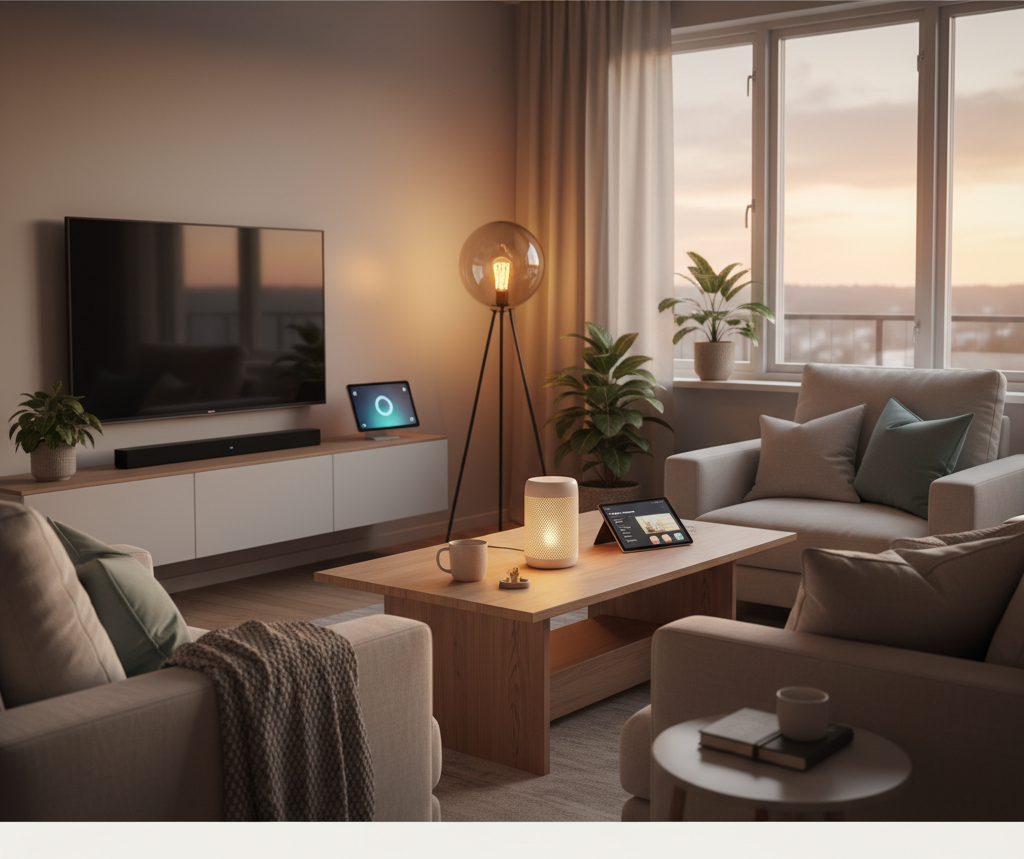
A cozy, modern living space with smart devices
A smart home uses automated devices and connected systems to make daily living easier, safer, and more cost-effective. Setting up a smart home means utilizing technology for tasks like controlling lights remotely, securing your property with cameras, and saving on utility bills by optimizing energy usage.
When I first started my journey, I only had a smartphone and a curiosity to make life a bit simpler. Like many beginners, my experience started with apps for controlling basic devices, and step by step, my confidence and smart home grew. If you’ve got a smartphone, you already have the first essential tool in your smart home toolkit.
What Are the Benefits of Smart Homes
Here are the key benefits of a smart home that go far beyond simple convenience.
Convenience and Automation
Instead of manually adjusting lights, thermostats, and appliances, you can control them from a single app on your smartphone or with simple voice commands.
You can also create “routines” or “scenes” that automate daily tasks. For example, a “Good Morning” routine could simultaneously turn on the lights, start the coffee maker, and play your favorite news podcast.
Enhanced Security
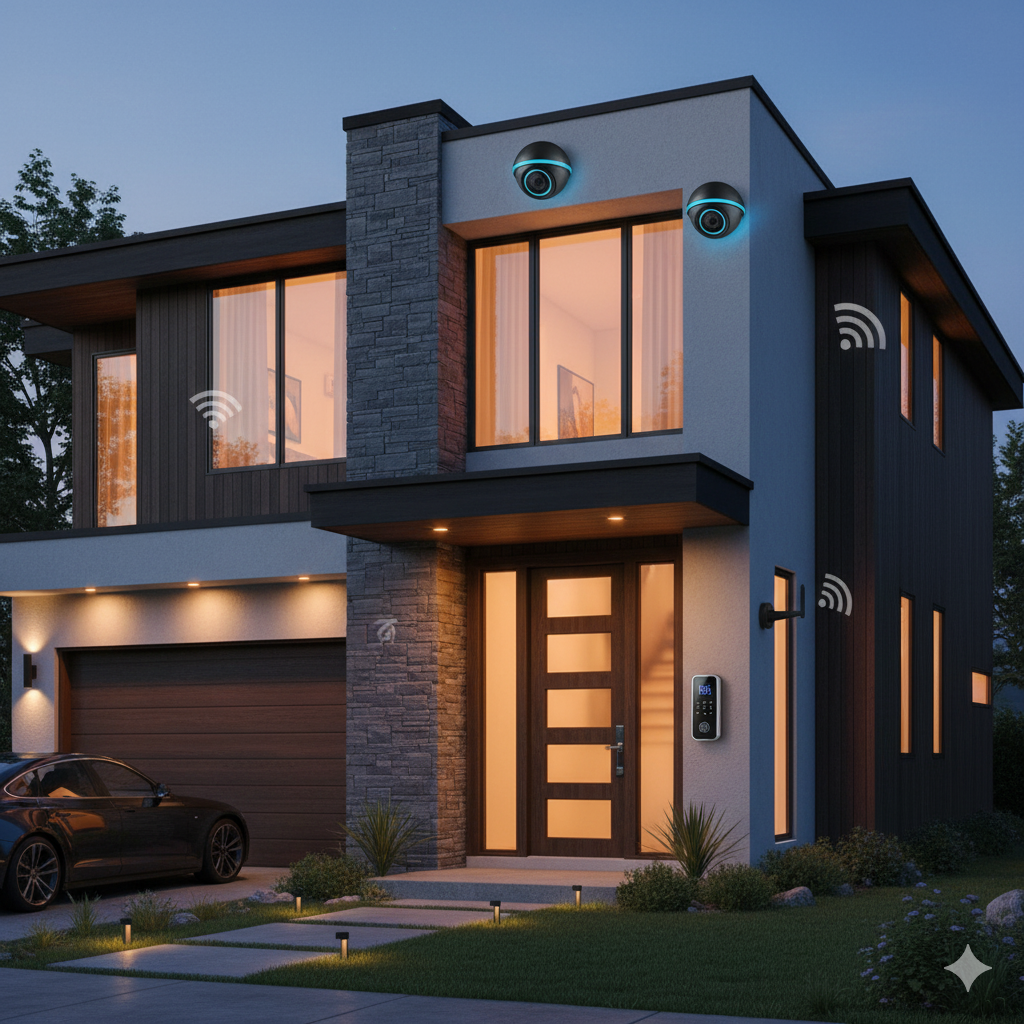
A secured home with smart security cameras and smart locks
A smart home provides a powerful layer of protection for your property and family. For instance, smart security cameras allow you to monitor your home remotely and receive alerts for any activity.
Furthermore, smart locks let you grant or revoke access to your home from anywhere, and door/window sensors can send notifications if a point of entry is opened unexpectedly.
You can also automate lights to turn on when you’re away, making it look like someone is home and deterring potential intruders.
Energy and Cost Savings
Smart thermostats learn your schedule and automatically adjust the temperature to save energy when you’re not home.
That said, smart plugs can cut power to devices in standby mode, eliminating “vampire power” drain. You can also set smart lights to turn off when a room is empty or dim themselves based on the amount of natural light available.
These small actions add up to significant savings on your utility bills over time.
Let’s now focus on a beginner-friendly approach, helping you build a smart home that’s easy to manage and grow with you.
Step 1: Define Your Smart Home Goals
Before you buy a single device, ask yourself: “What do I want my smart home to do for me?” Do you want to easily control your lights from your phone? Do you want to feel safer with smart security cameras and sensors? Or maybe you’re focused on saving money by automating your heating and cooling?
Start with a simple goal.
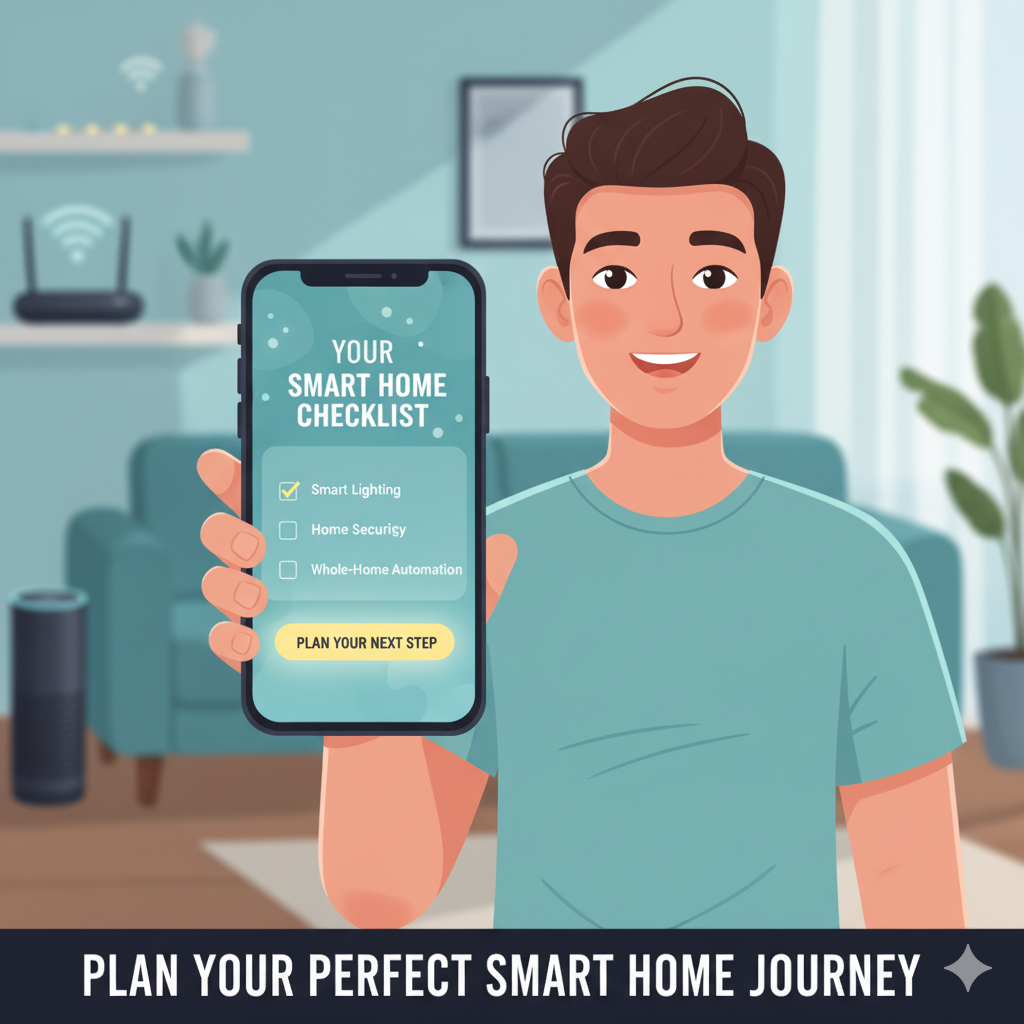
Don’t try to automate your entire home on day one. A great first goal is to control a few lights and temperature. Or maybe set up a smart speaker to play music and answer questions.
These small wins will give you confidence to experiment with more devices and plan for future upgrades as you learn.
Step 2: Choose Your Smart Home Platform
Think of a smart home platform as the brain of your home. It’s the central system that all your smart devices will talk to. The right platform will allow you to control everything from one place and create powerful automations.
Start with a reliable and flexible platform. Common options are Home Assistant, Amazon Alexa, Google Assistant, and Apple HomeKit.
| Platform | Best For | Pros | Cons |
| Amazon Alexa | Voice control, simplicity | Easy to set up, massive device support | Less privacy, some advanced features are limited |
| Google Assistant | General use, seamless integration with Google services | Great voice recognition, integrates with many devices | Can be less private, automations can be basic |
| Apple HomeKit | Apple users, privacy | Strong focus on privacy and security, user-friendly | Limited to Apple devices, fewer compatible products |
| Home Assistant | Advanced users, customization, privacy | Highly customizable, local control, excellent privacy | Steep learning curve, requires technical setup |
For beginners, Amazon Alexa or Google Assistant are excellent starting points due to their simplicity and wide compatibility.
However, if you are a hands-on person and are interested in a system that you can truly control without relying on a third party, Home Assistant is the ultimate choice. It might feel intimidating at first, but the community support is vast, and the rewards are well worth the initial effort.
Step 3: Start with Basic Devices
The best way to begin is by adding a few foundational gadgets. This lets you learn the ropes without getting overwhelmed.
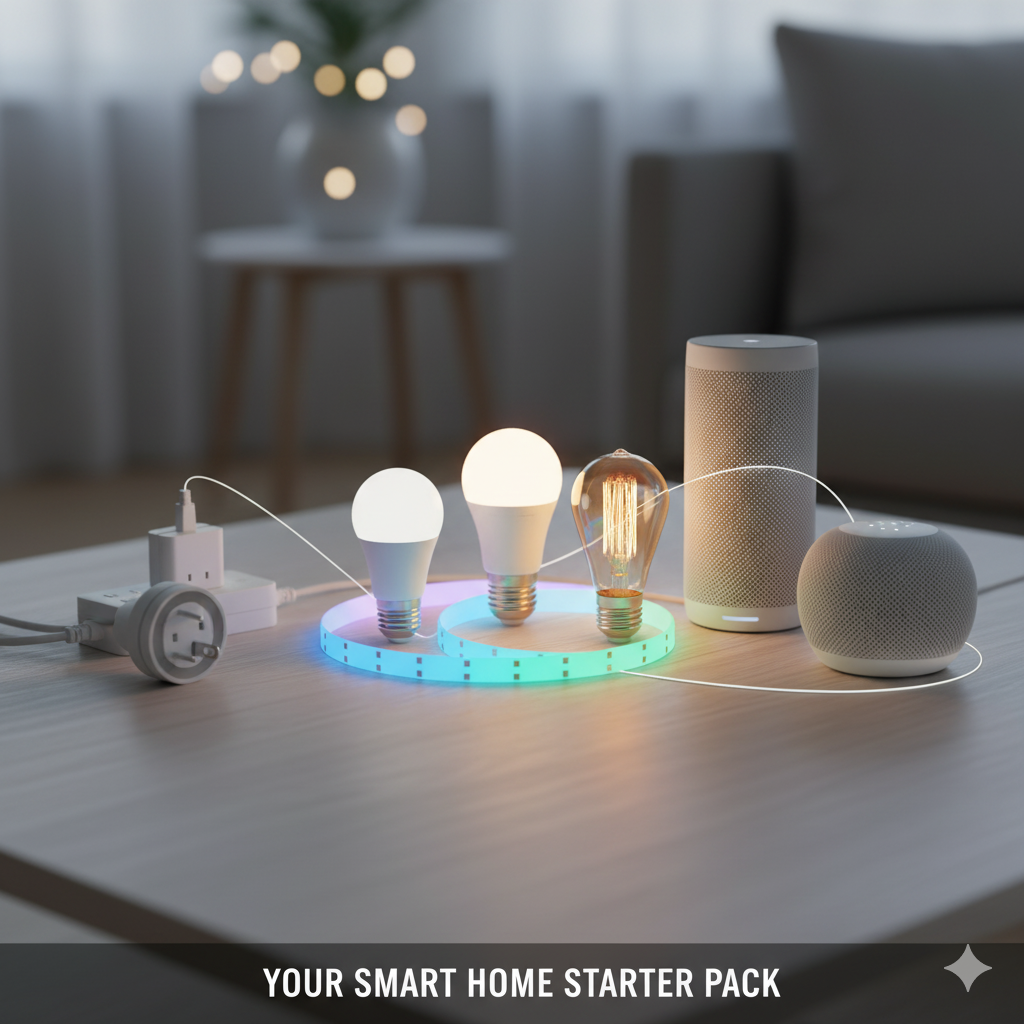
- Smart Plugs: These are the gateway drug of smart homes. Just plug any lamp or appliance into a smart plug and you can turn it on and off with an app or your voice.
- Smart Lights: Replacing a few bulbs with smart ones allows you to control brightness, color, and on/off schedules. This is a very satisfying and easy win!
- Smart Speakers: Devices like the Amazon Echo Dot or Google Nest Mini are great for hands-free control. They act as a central command center for your voice commands and can even serve as a hub for some devices.
My own setup began with smart plugs for lamps and a single smart bulb. All I needed was my smartphone and the manufacturer’s app to get started.
Step 4: Installation and Configuration
This is where the magic happens! Most new devices come with an app that walks you through the setup process.
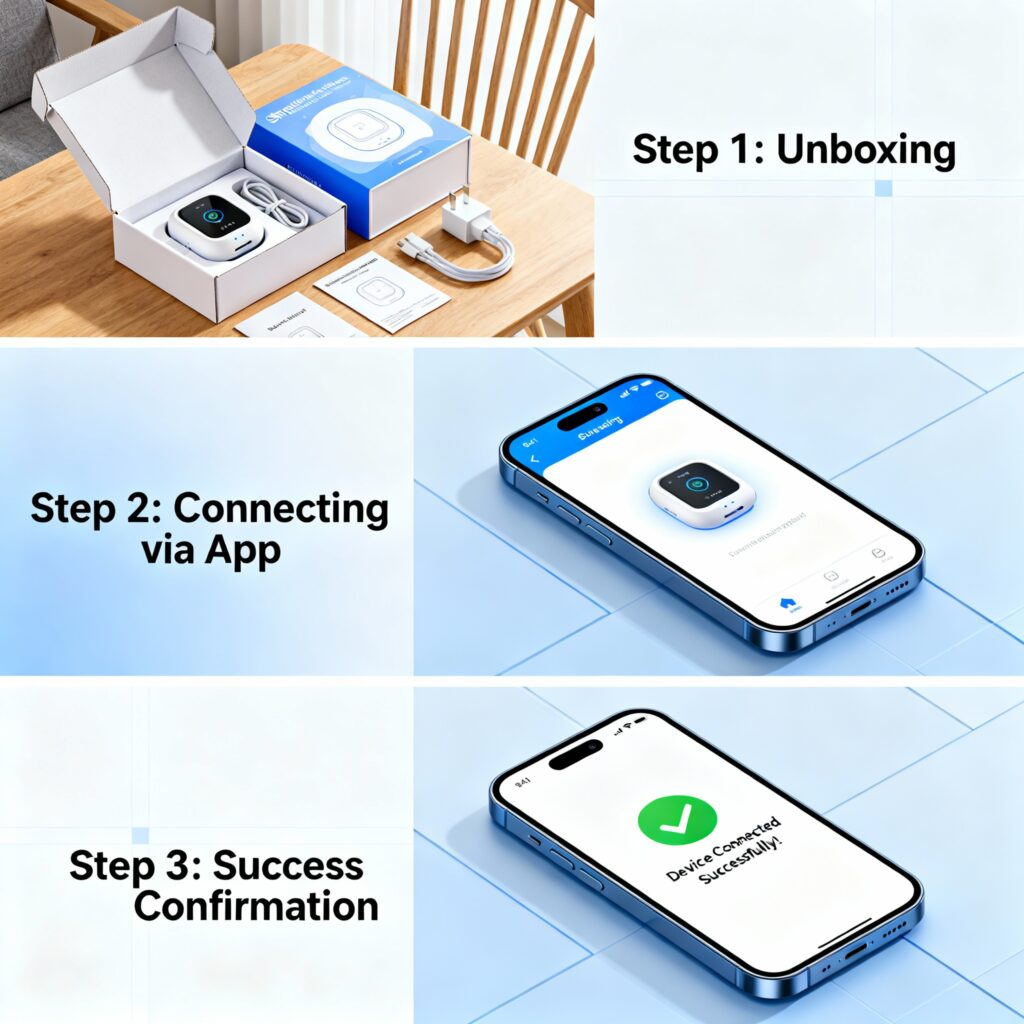
Step-by-step smart home installation guide for beginners
- Plug it in: Place your smart plug or light bulb where you want it to go.
- Download the app: Install the manufacturer’s app and follow the on-screen instructions to connect the device to your Wi-Fi. (Invest in a good Wi-Fi router and consider mesh networks or Cat6 wiring if upgrading).
- Integrate with your platform: Open your main smart home platform app (e.g., Alexa, Google Home) and link the new device’s account. This allows you to control everything from one place.
- Create your first automation: This is where things get really fun. A simple automation might be: “When I say ‘Good morning,’ turn on the kitchen lights and play the news.” Start with small, clear rules that make your daily routine a little easier.
If you’ve chosen a platform like Home Assistant, the initial setup can be more involved. Don’t be discouraged! Focus on one small task at a time, like getting a single device to show up on your dashboard.
Use online tutorials and the Home Assistant community forums—they are filled with people who have faced the exact same challenges you’re facing.
Step 5: Expand Your Smart Home
Once you’re comfortable with the basics, you can begin adding more complex and powerful devices.
- Smart Security: Add smart cameras to monitor your home or smart locks to secure your doors.
- Smart Climate Control: A smart thermostat can save you money by learning your habits and adjusting the temperature automatically.
- Sensors: Motion sensors and door/window sensors can trigger lights, send you alerts, or turn on your home security system.
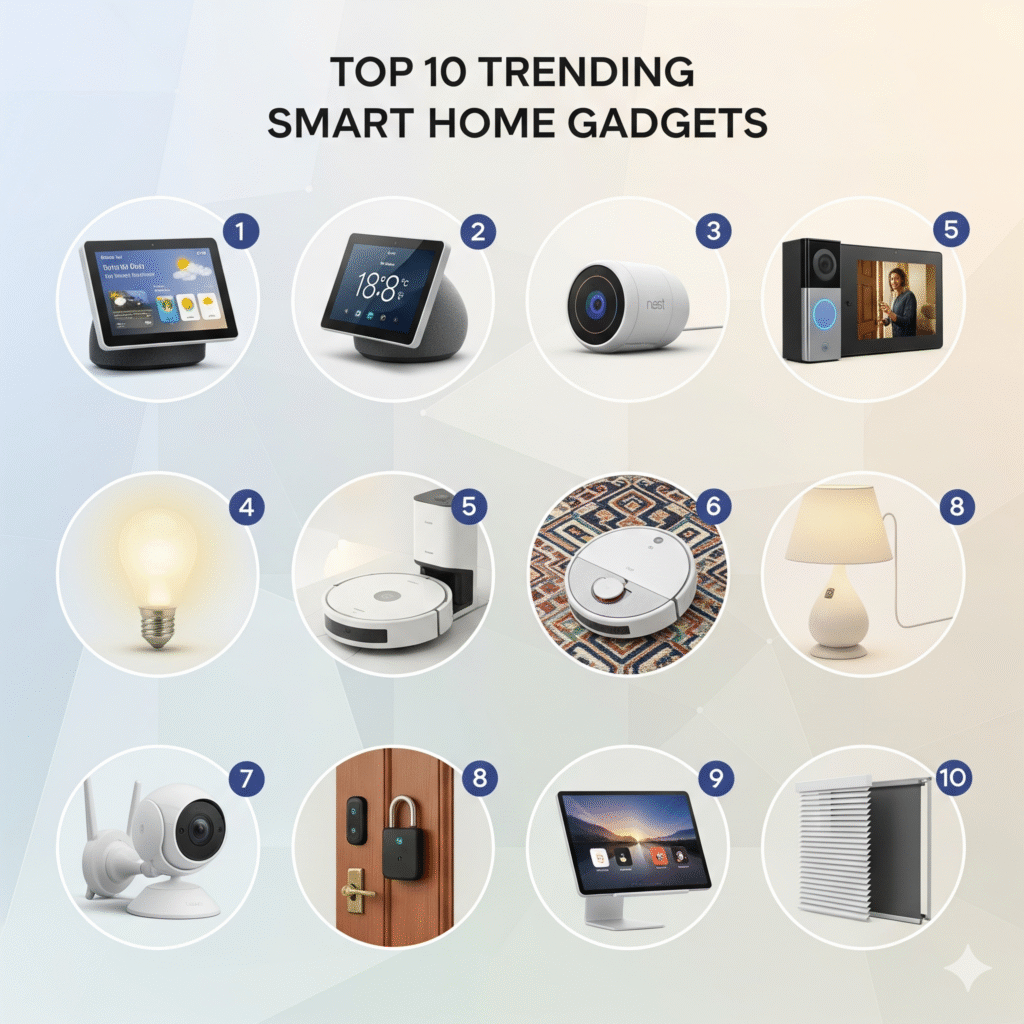
Expand your smart home with security and energy devices
Remember the first rule of smart home building: start small and expand gradually.
After a few weeks, I found the confidence to add door sensors—again, all managed from my phone.
Step 6: Troubleshooting and Maintenance
Every smart home builder runs into issues. A device might suddenly stop working, or an automation won’t trigger. Here’s how to tackle these issues:
- Check the basics: Is the device plugged in? Is your Wi-Fi working?
- Restart everything: A simple reboot of the device, hub, and even your router can fix most problems. Keep software up to date
- Consult the community: The biggest secret to smart home success is the community. For Home Assistant, the official forums and the Home Assistant subreddit (r/homeassistant) are invaluable. Users there provide practical, real-life examples and solutions.
- Read the manual, and search for step-by-step guides.
- Check YouTube tutorials: A quick YouTube search for “troubleshooting smart plugs” solved my first connection issue in minutes.
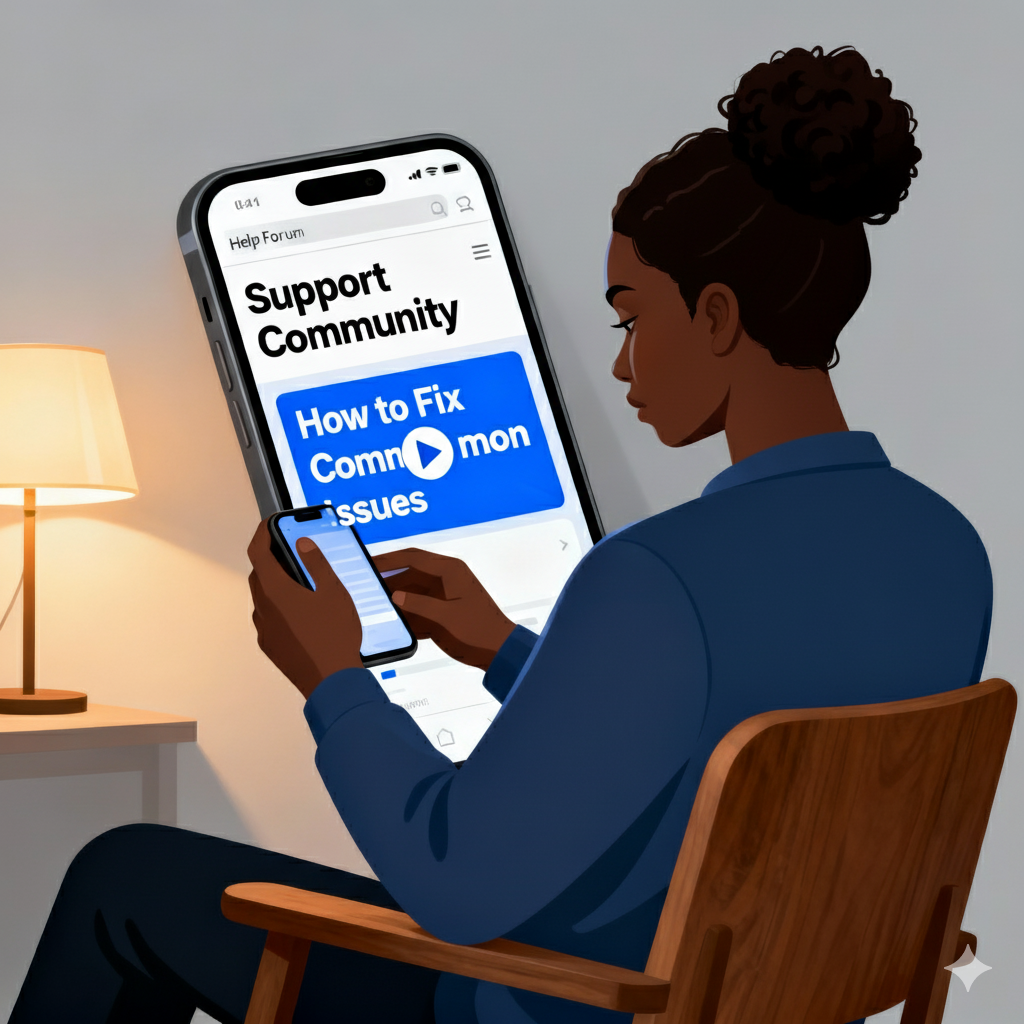
Troubleshooting tips for beginners
Don’t be afraid to ask for help! There are many people who have overcome the same hurdles you’re facing and are happy to share their knowledge.
Also, consider using AI tools like ChatGPT or Gemini to get quick, personalized answers to your troubleshooting questions.
Community Tips and Resources
- Start with lights and plugs for easy wins before tackling complex automations.
- Home Assistant offers full control but has a steep learning curve—use friendly forums and video tutorials for help.
- Plan network improvements during home remodeling for smoother installation.
- Tap into active Reddit communities and YouTube channels for practical, beginner-focused guides.
Here are some excellent YouTube tutorials for smart home beginners, especially if you’re looking for guides on various platforms, including Home Assistant:
General Smart Home Beginner Guides:
- “Smart Home Automation: The Ultimate Beginner’s Guide” by yoyoTech [http://www.youtube.com/watch?v=iGUdMke-Ao4] (Published August 11, 2024)
- “Ultimate Guide to Starting and Growing a Smart Home!” by Smart Home Solver [http://www.youtube.com/watch?v=WHXYlEB_QmY] (Published February 17, 2024) – Note that Smart Home Solver has an older version of this guide as well, published August 15, 2020: [http://www.youtube.com/watch?v=-_vtoUmkot4]. The newer one is likely more up-to-date.
Home Assistant Specific Beginner Guides:
- “Ultimate Home Assistant Beginner’s Guide!” by Smart Home Solver [http://www.youtube.com/watch?v=Z4gvkmJ8q48] (Published October 12, 2024)
- “ULTIMATE Home Assistant Beginner’s Guide!” by Michael Leen [http://www.youtube.com/watch?v=zr48wGUjle8] (Published May 4, 2025)
- “Getting Started With Home Assistant In 2025: The Ultimate Guide” by Tamper Evident [http://www.youtube.com/watch?v=MWwe1tw7_Mo] (Published April 16, 2024)
- “11 Essential Tips For Home Assistant Beginners!” by Everything Smart Home [http://www.youtube.com/watch?v=Tk12gOkOdb4] (Published September 20, 2024)
- “HA for Beginners: You NEED to know this before trying Home Assistant! (the basics)” by Make It Work [http://www.youtube.com/watch?v=CjBW221rnuY] (Published July 15, 2022)
Apple HomeKit Specific Beginner Guide:
- “Get Started with Apple Smart Home in 2025 – Complete Guide for Beginners” by Stephen Robles [http://www.youtube.com/watch?v=qa2rLLtZgbk] (Published January 12, 2025)
These videos offer a range of perspectives and depths, from general smart home concepts to detailed platform-specific setup instructions. Remember to check the publication dates to ensure you’re getting the most up-to-date information, as smart home technology evolves rapidly.
The Journey Continues
Building a smart home is a journey, not a destination. Technology is always evolving, and there’s always something new to learn or add. By starting with simple goals, a solid platform, and a few basic devices, you’ve set yourself up for success.
The most important thing is to have fun with it. Don’t let the technical jargon or initial challenges stop you. The freedom and convenience a well-built smart home provides are truly amazing. Now go on and start building! What’s the first smart device you’ll add to your home?

